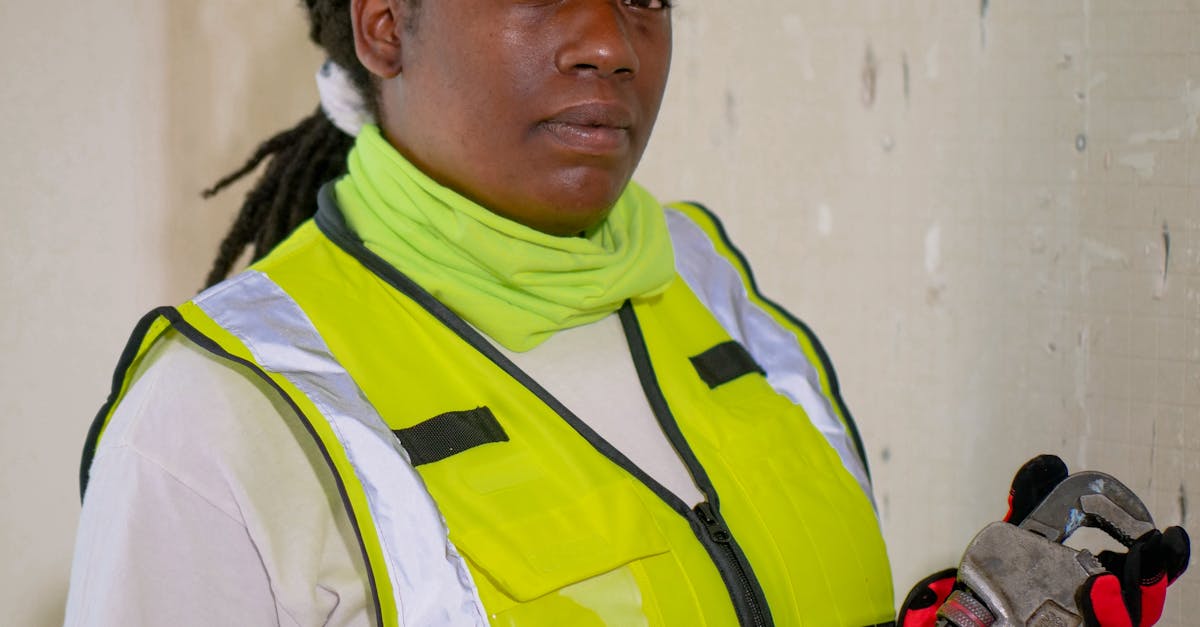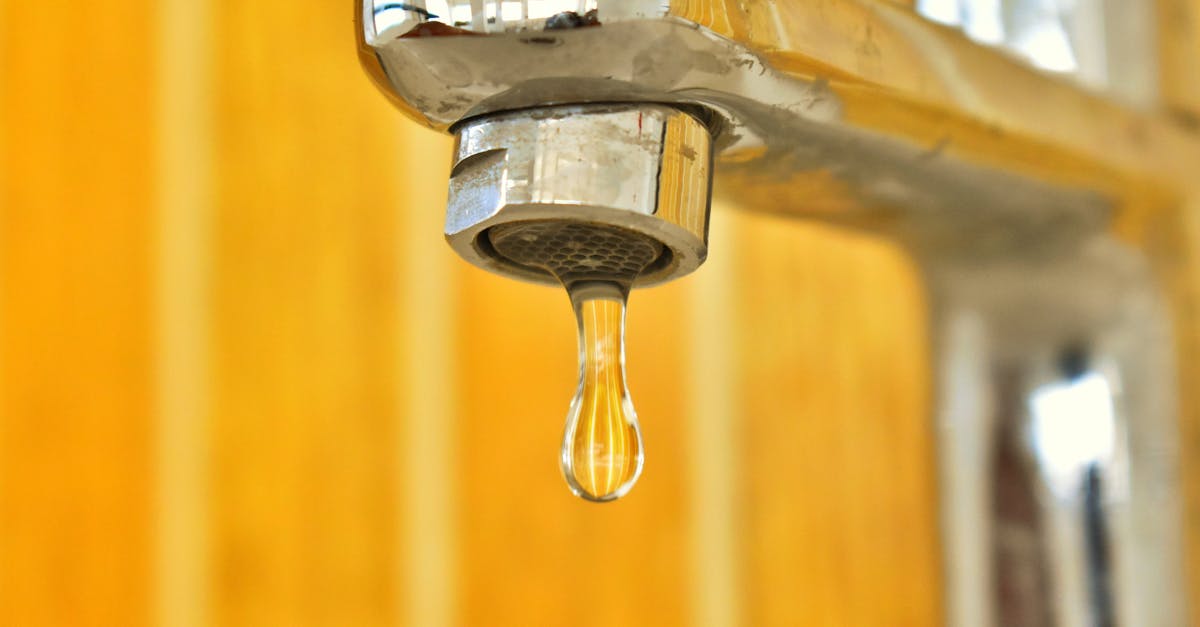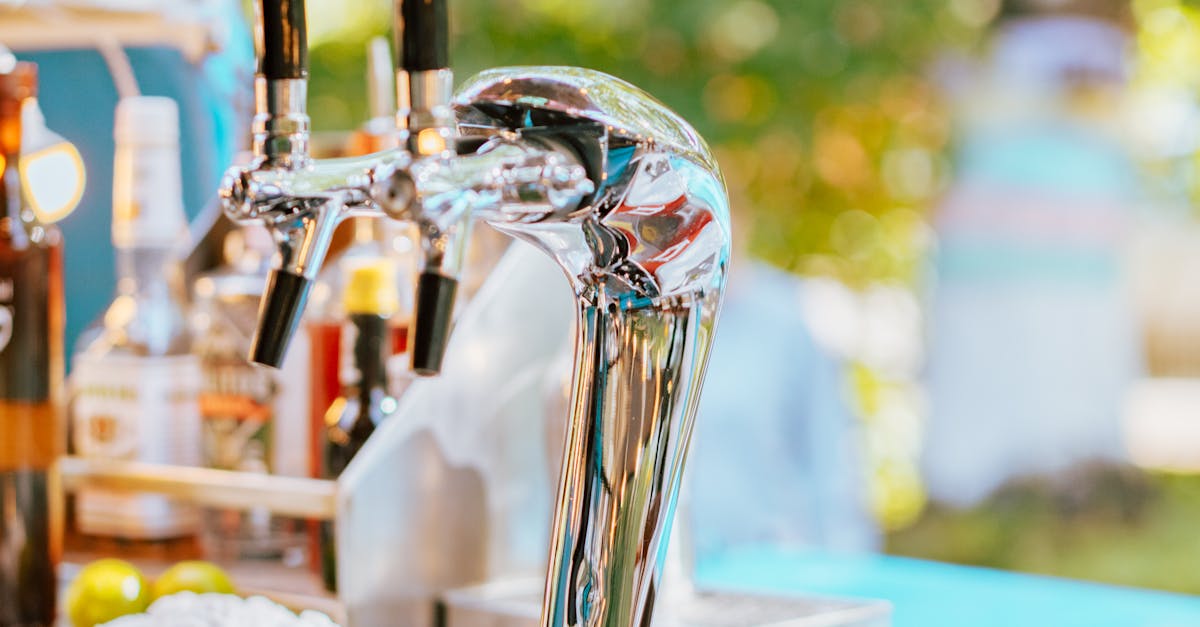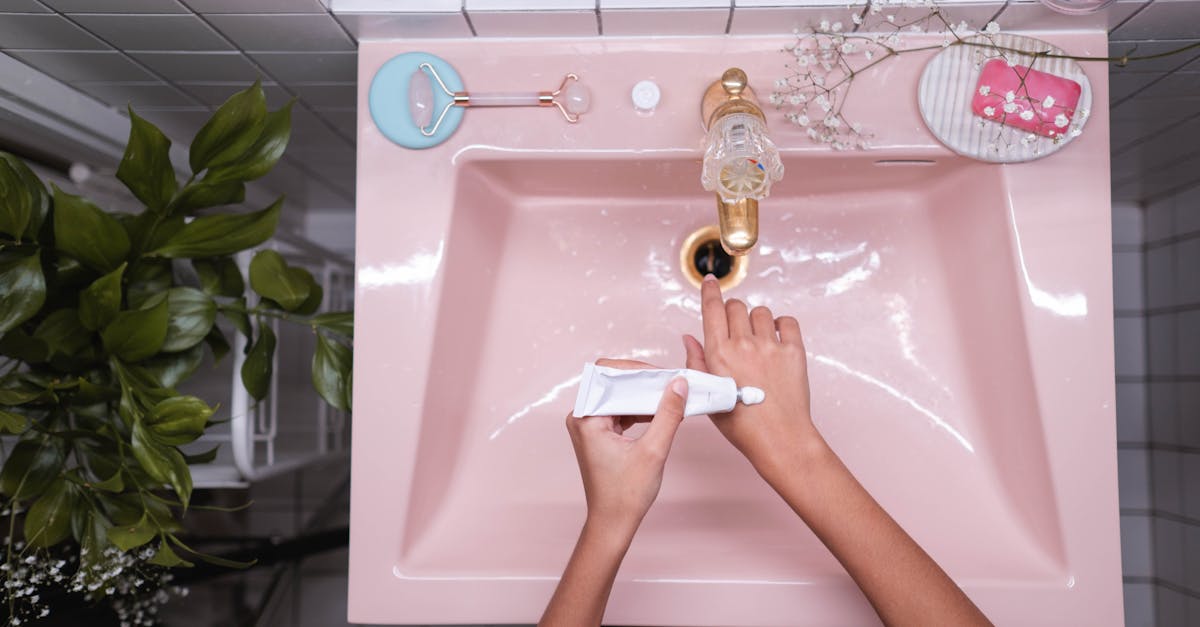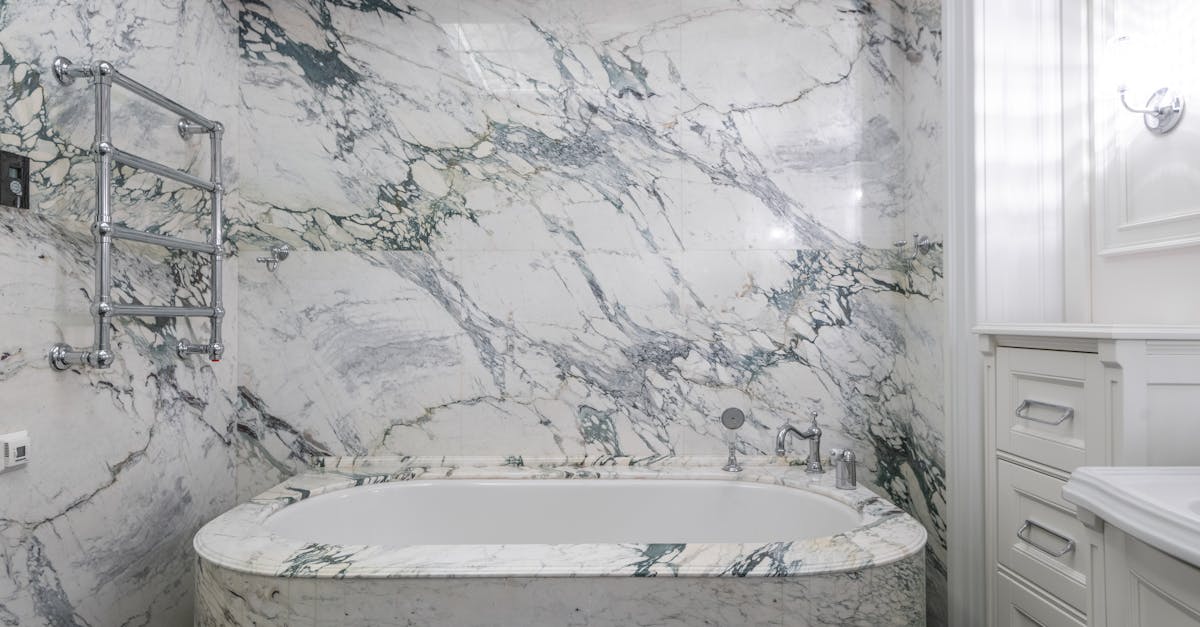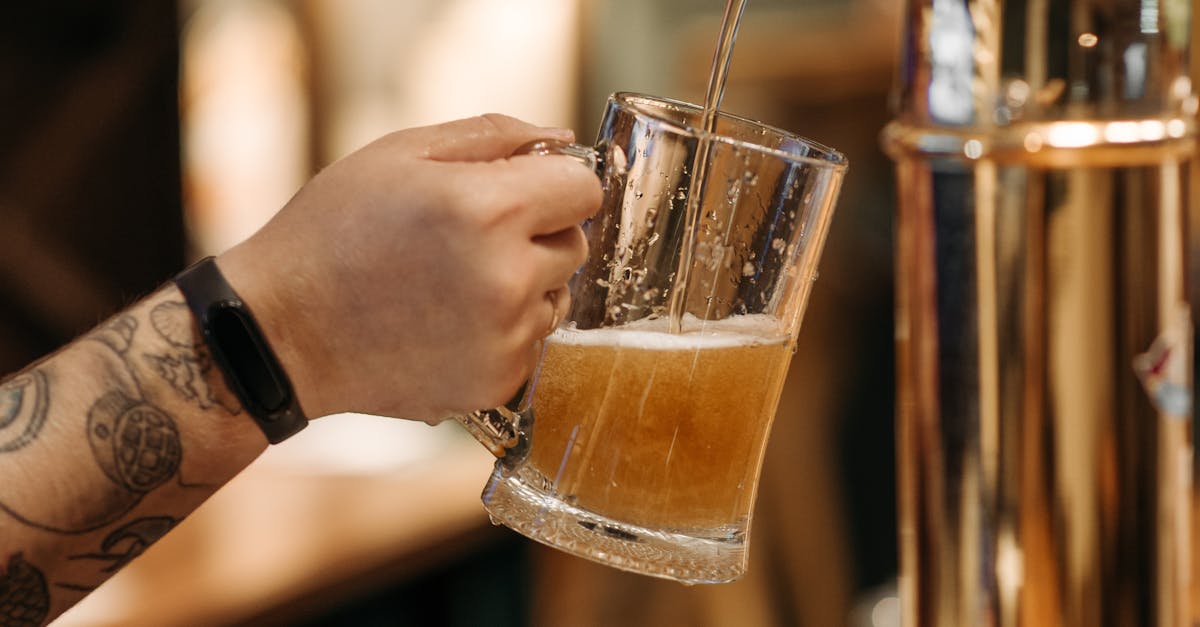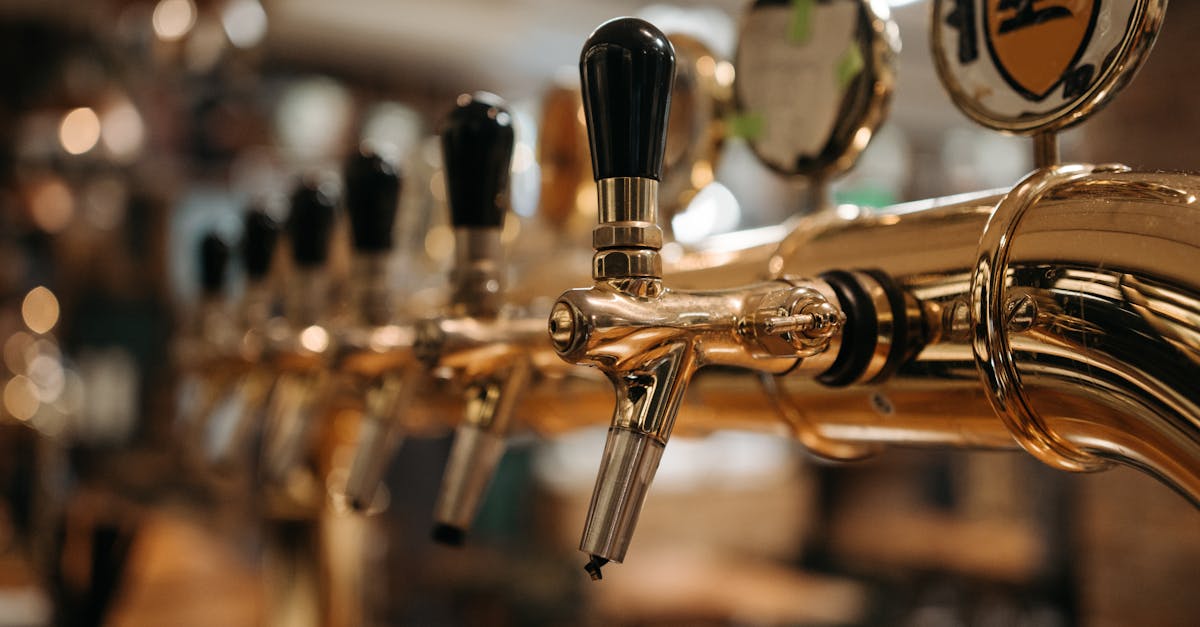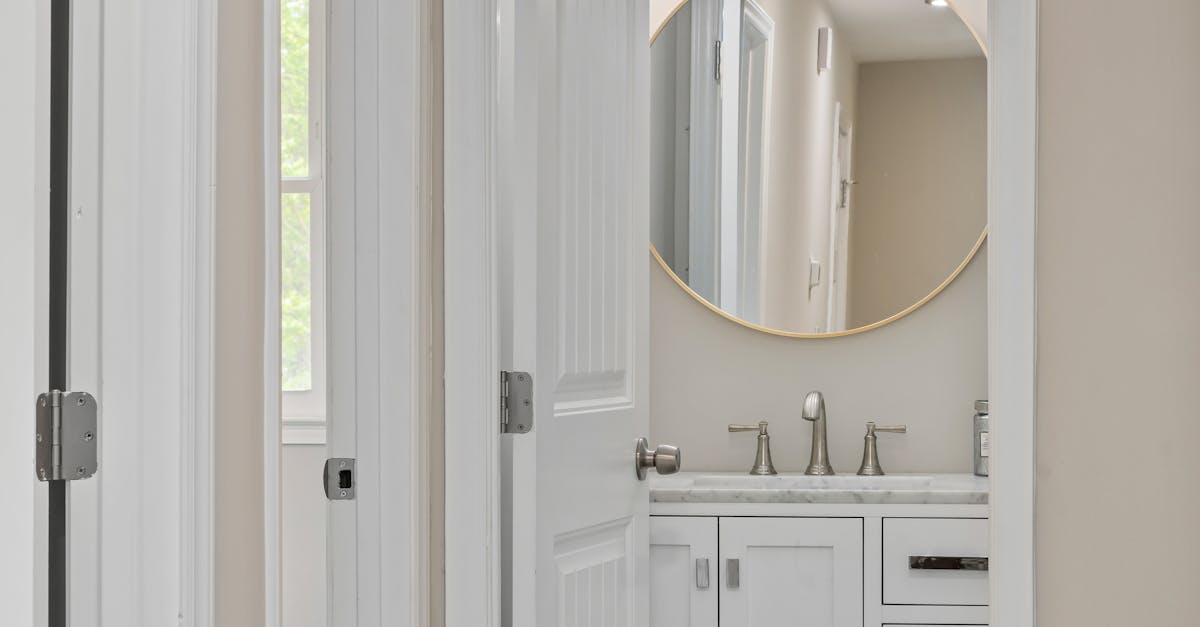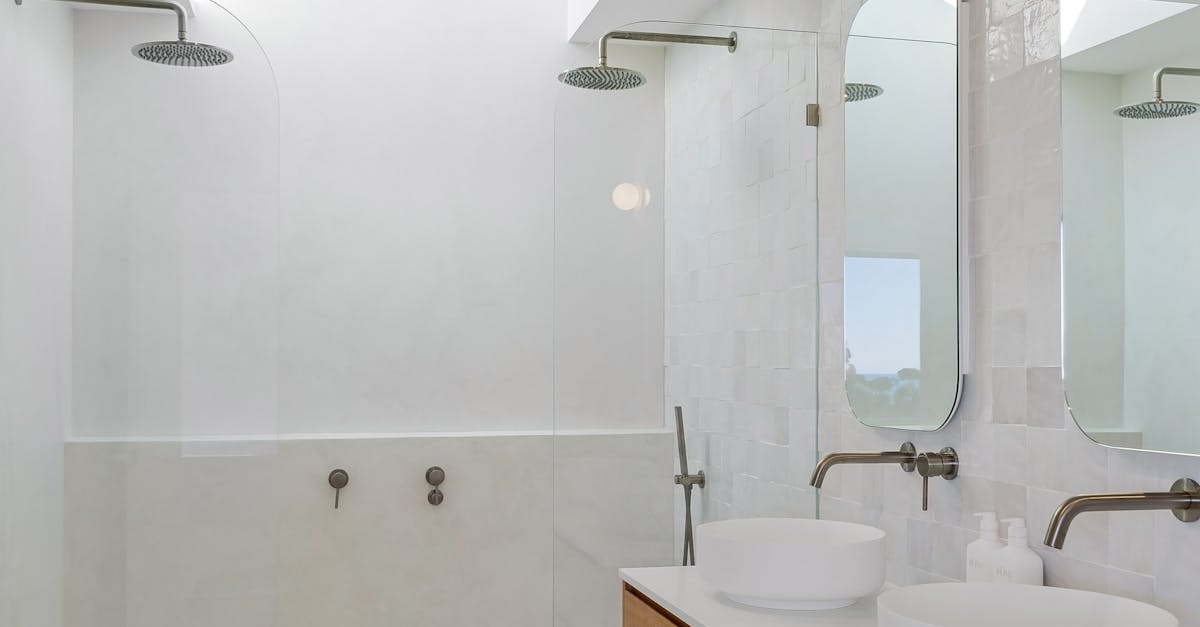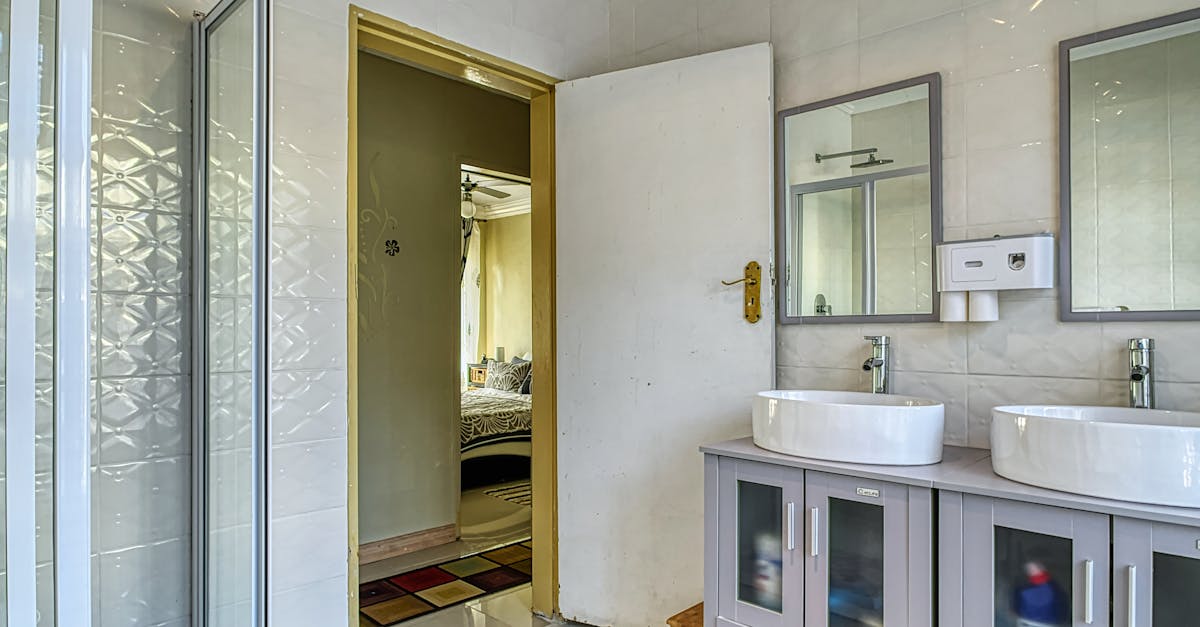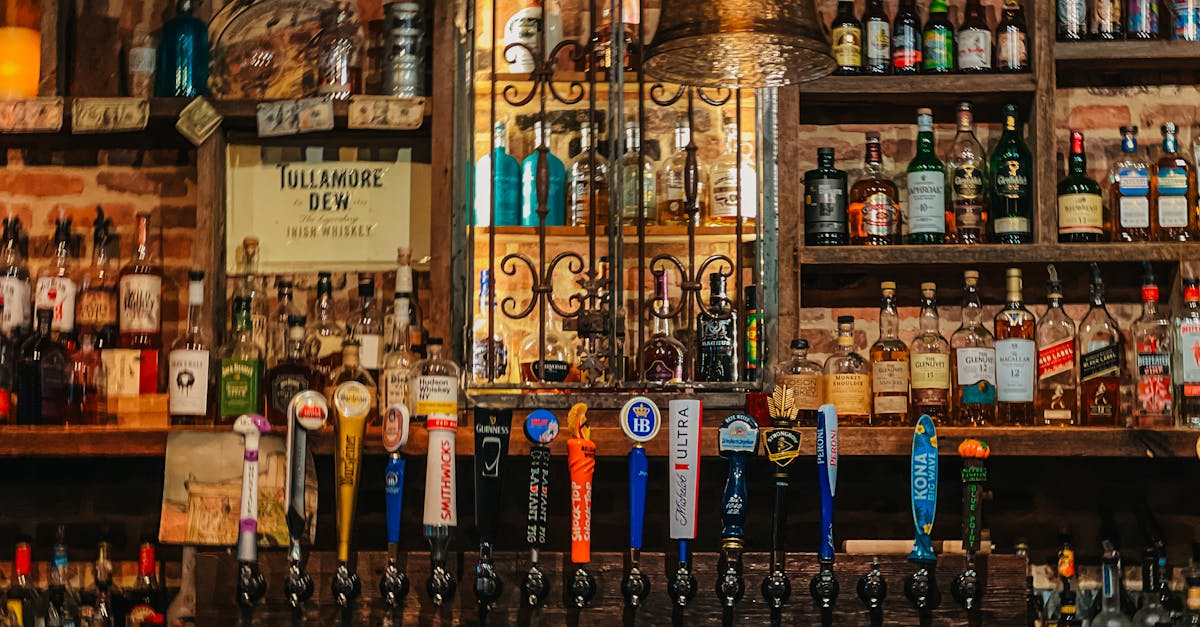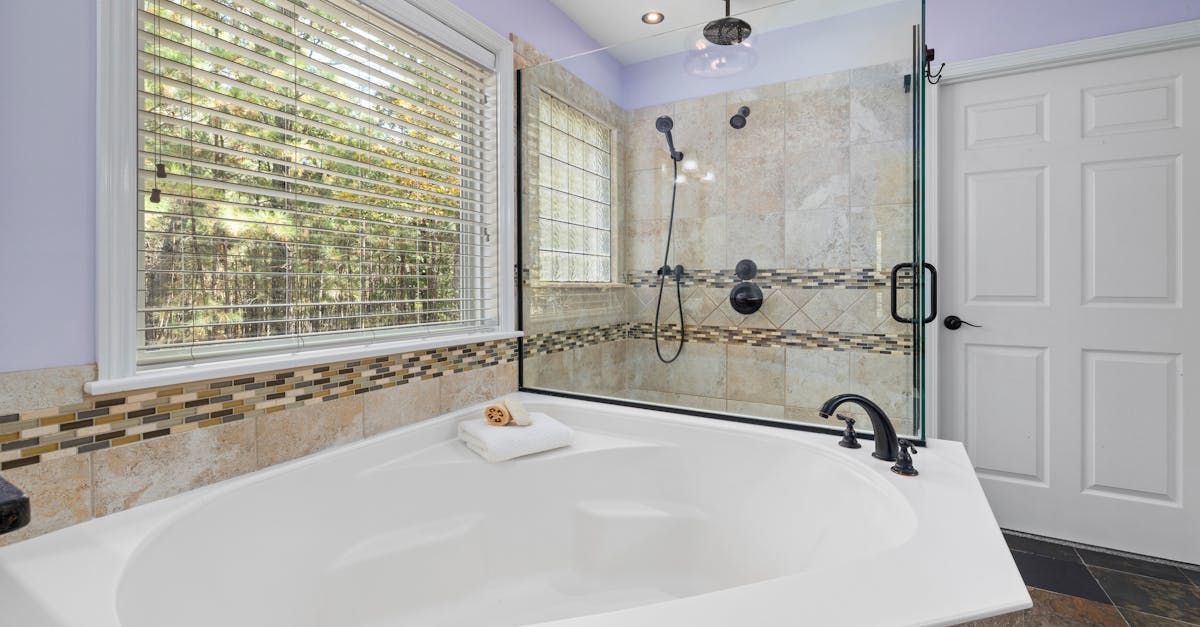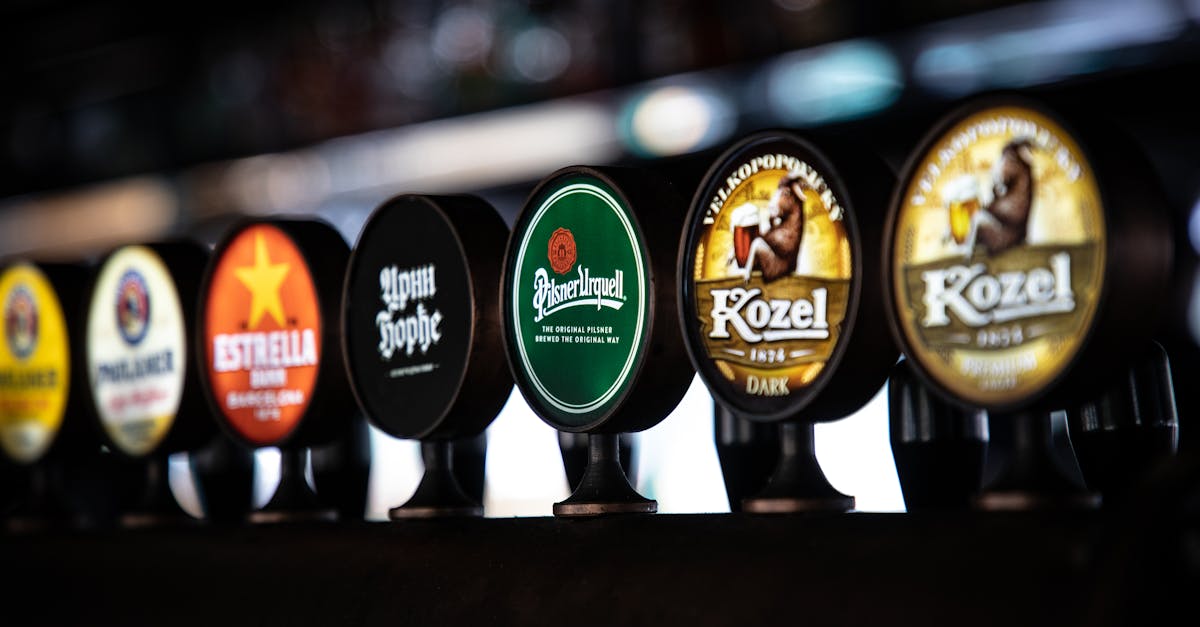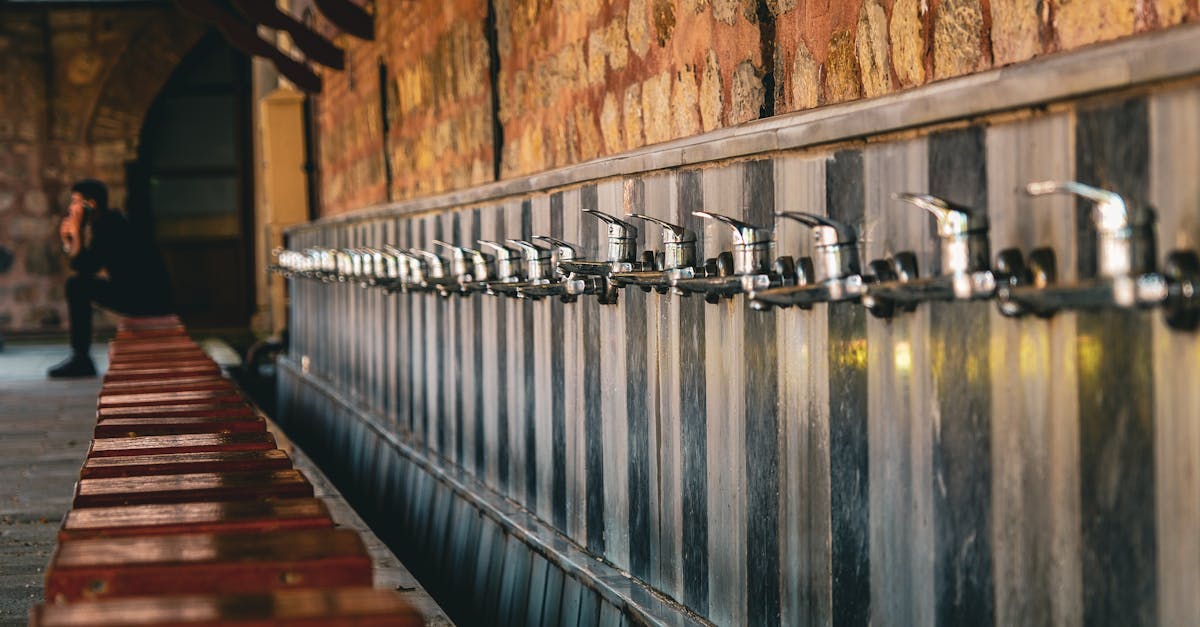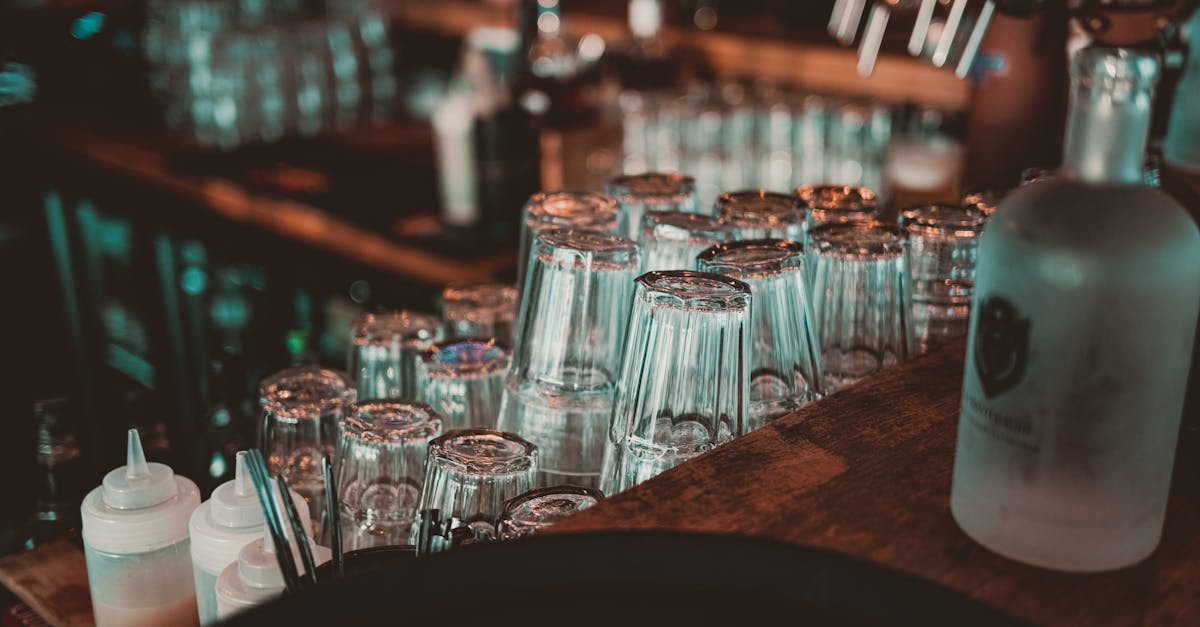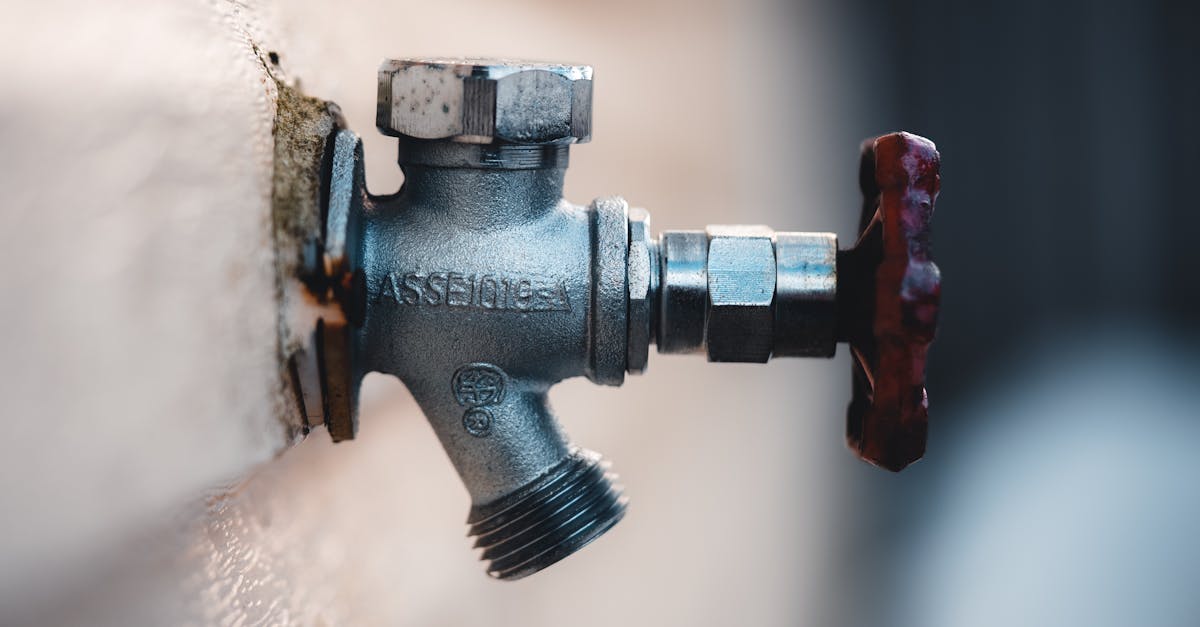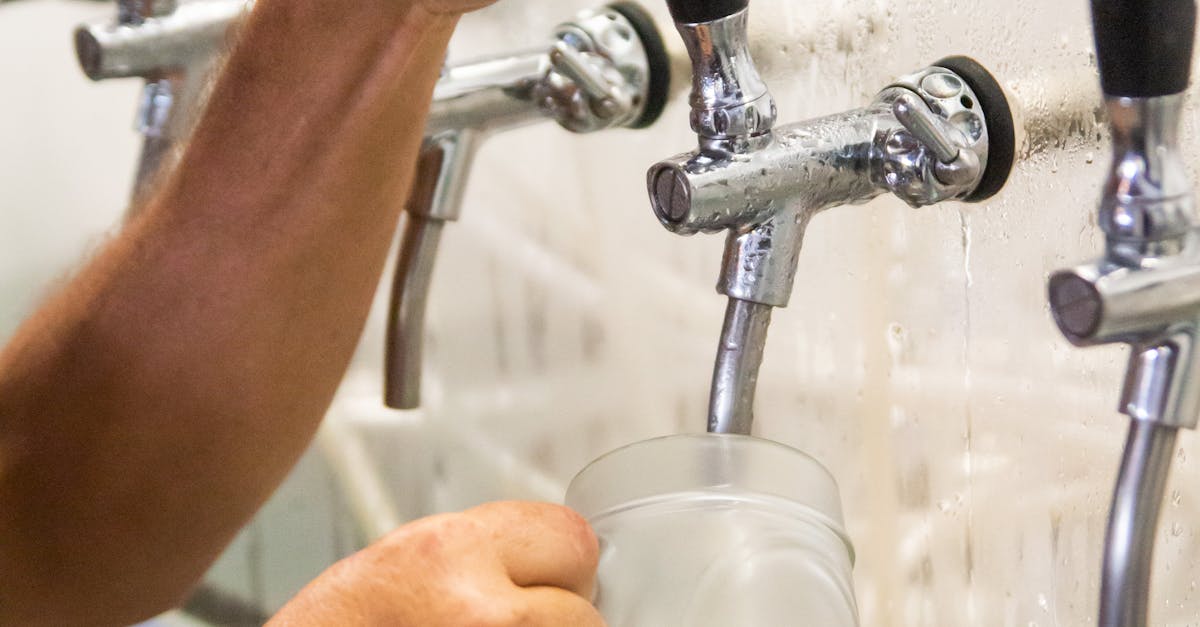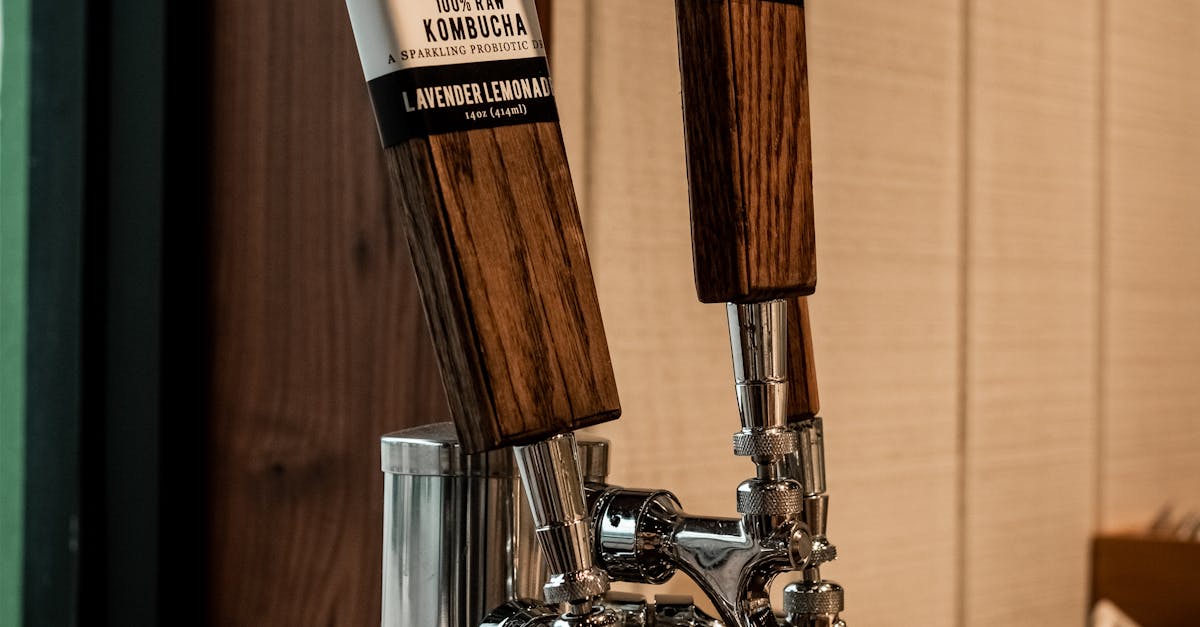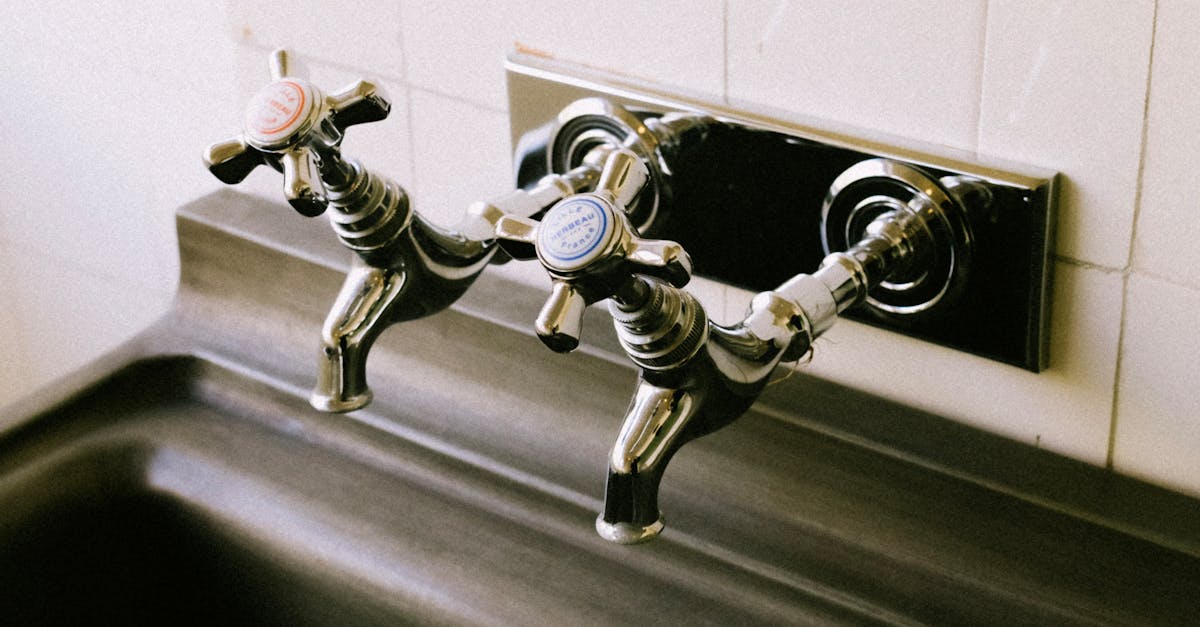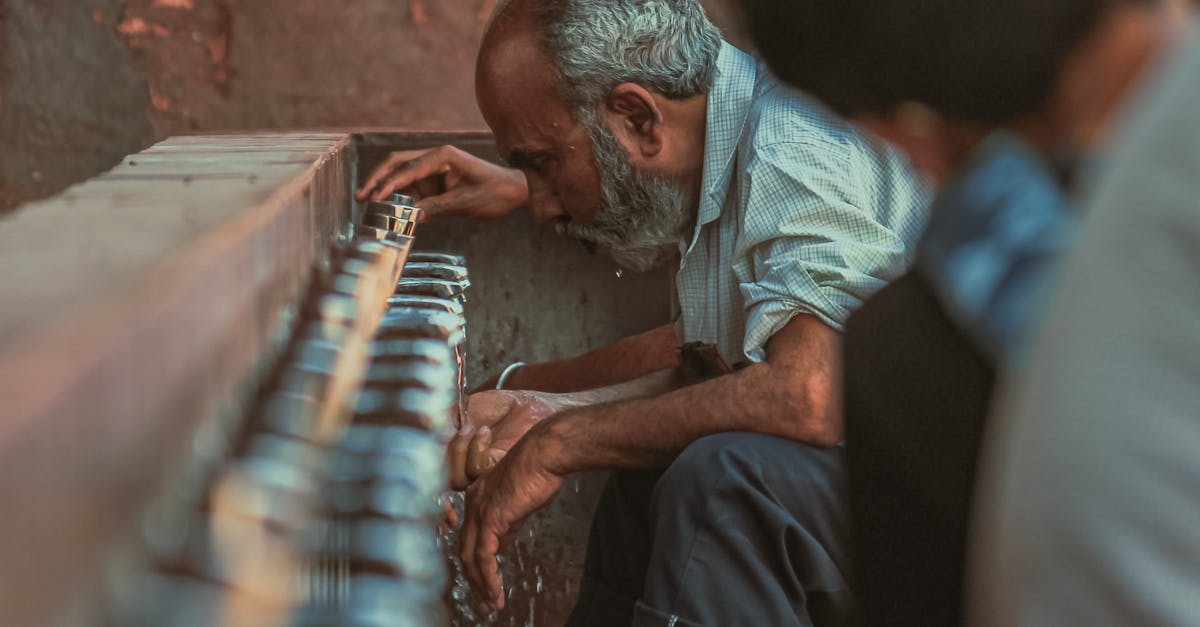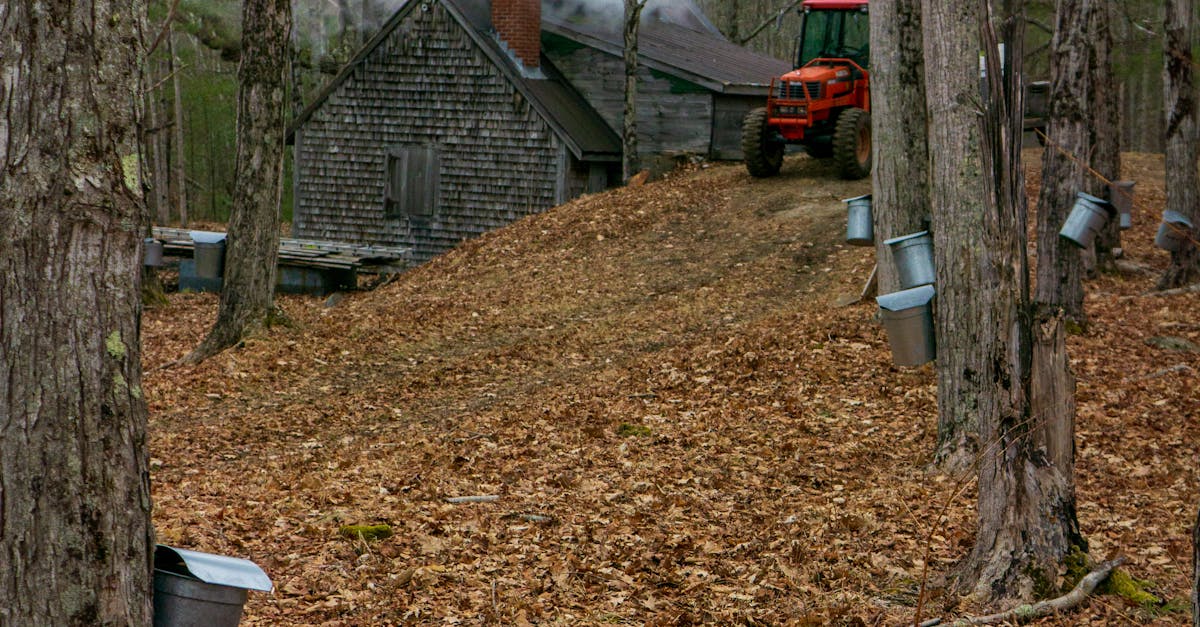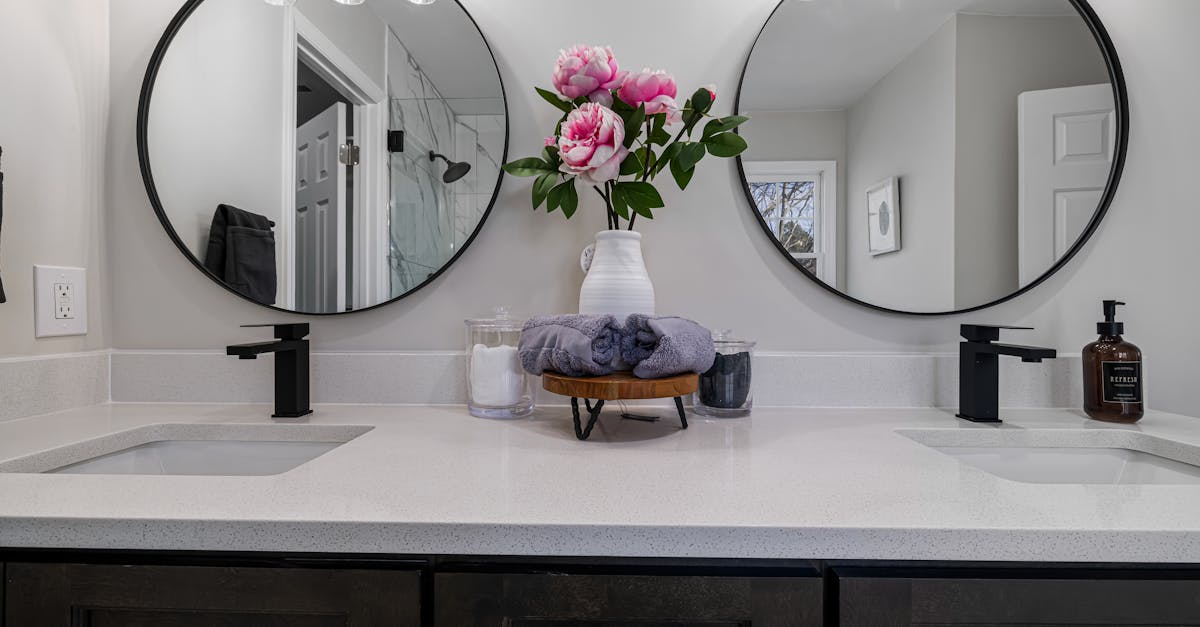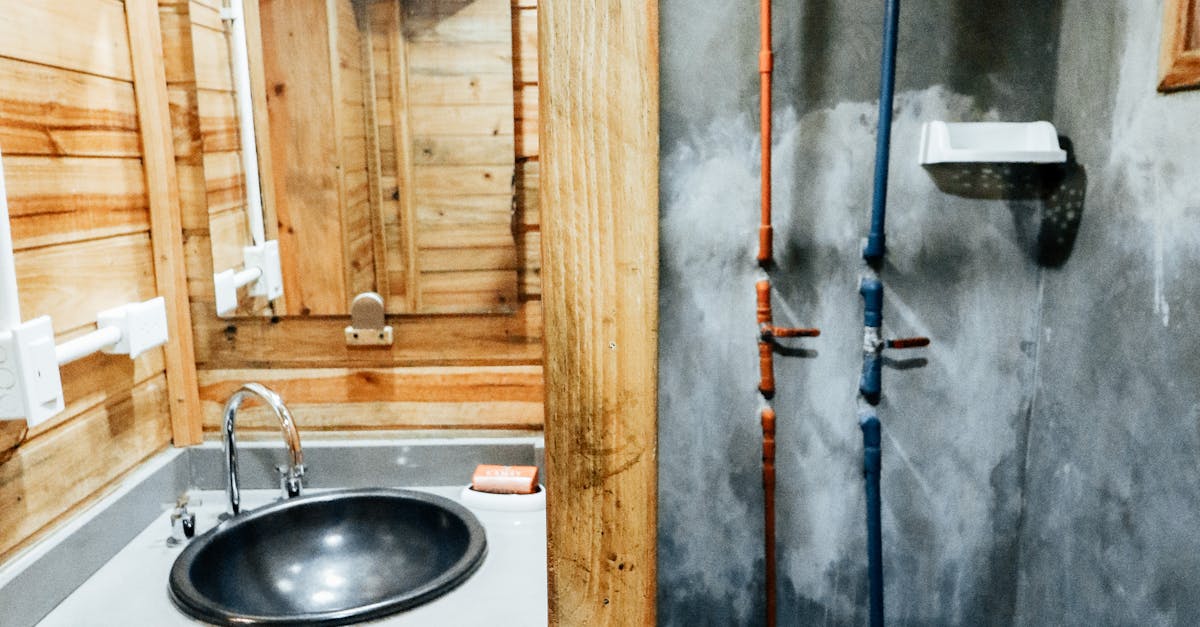
Table Of Contents
Fixing a Dripping Mixer Tap
Fixing a dripping mixer tap often starts with identifying the source of the leak. Leaking taps usually stem from worn-out washers or damaged cartridge seals. To address these issues, first turn off the water supply to prevent further dripping and to minimise mess. Remove the handle of the tap using a screwdriver, then take out the cartridge or valve to inspect for any visible wear. Replacing these parts can often resolve the problem and restore proper function.
Once the faulty component has been replaced, reassemble the tap carefully. Make sure to tighten any screws and ensure that the new washers or cartridges are installed correctly. After reassembly, turn the water supply back on and test the tap for leaks. If done properly, your mixer tap should function without any dripping. If problems persist, further investigation may be necessary, as the underlying issue could be more complex than a simple washer replacement.
Special Considerations for Mixer Taps
When addressing leaking taps in mixer taps, it's essential to identify the type of cartridge used. Many mixer taps employ a cartridge system, which functions by controlling the flow of water through the mixing of hot and cold supplies. If the tap continues to drip after attempting a repair, the cartridge may need replacement. Always ensure you have the correct replacement part specific to your tap model to avoid further complications.
Additionally, consider the overall condition of the tap and the plumbing around it. Frequent leaks may not only signify a faulty tap but could indicate larger plumbing issues within the home. Regular maintenance and checks can help in identifying potential problems early. Keeping an eye on the condition of rubber seals and washers can also prevent future leaking taps from becoming a persistent issue.
Dealing with Compression Taps
Compression taps are quite common in many homes. Their design features a simple mechanism that may require a bit of expertise to repair. When faced with leaking taps of this type, the problem often lies within the rubber washers or seals that may have deteriorated over time. It's essential to check these components first, as replacing them can often resolve the dripping issue without the need for extensive repairs.
To deal with compression taps, you might begin by turning off the water supply and disassembling the faucet carefully. Inspect the washers for wear and tear, as damaged washers will fail to create a proper seal. If the washers seem to be in good condition, you may need to replace the entire faucet assembly. Regular maintenance and checks can help prevent leaking taps and prolong the life of your fixtures.
Repair Techniques for Compression Faucets
Repairing compression faucets often involves a straightforward process. First, you need to identify the source of the leak. Commonly, leaking taps result from worn washers or O-rings. Start by turning off the water supply to prevent any further leakage. Once that's done, remove the handle to access the compression mechanism.
After accessing the internal components, inspect the rubber washer and O-ring for signs of wear or damage. If these parts appear old or deteriorated, replacing them can often stop leaking taps from dripping. Reassemble the faucet carefully, ensuring all components are seated properly. Finally, restore the water supply and check for any leaks, making sure the issue has been resolved.
When to Call a Professional
Sometimes, the task of fixing a dripping tap can exceed the capabilities of the average homeowner. If you have attempted basic repairs and the issue persists, it may be time to consider professional assistance. Leaking taps not only waste water but can also lead to more significant plumbing issues if left unaddressed. A qualified plumber will have the tools and experience needed to diagnose the problem accurately and provide a long-lasting solution.
In addition to persistent leaks, other signs can indicate the need for expert help. If you notice water pooling around the base of the tap or hear unusual sounds when the faucet is turned on, it might signal underlying plumbing problems. Ignoring these indicators can result in higher water bills and potential damage to your property's infrastructure. Engaging a professional will ensure that any potential complications are handled effectively, giving you peace of mind about your plumbing system.
Signs That Indicate You Need Expert Help
If you notice persistent leaking taps despite trying common DIY fixes, it may be time to seek professional assistance. Continued dripping not only wastes water but can also lead to larger plumbing issues if left unaddressed. Signs of water damage around the tap area or lower water pressure can indicate underlying problems that require expert attention.
Unusual noises or irregular water flow can also suggest that your tap needs professional evaluation. Sometimes, the components responsible for regulating water supply can wear out or malfunction, leading to more than just a simple leak. Addressing these issues promptly with the help of a plumber can prevent escalation and ensure your plumbing system remains in good condition.
FAQS
What are the common causes of a dripping tap?
Common causes of a dripping tap include worn washers, faulty seals, corroded valve seats, or improper installation.
How can I fix a dripping mixer tap?
To fix a dripping mixer tap, you can start by turning off the water supply, disassembling the tap, replacing any worn washers or seals, and reassembling it carefully.
What should I do if I can’t stop the dripping after trying to fix it?
If you’ve tried to fix the dripping tap and it persists, it may be time to call a professional plumber who can assess and resolve the issue properly.
Are there any special considerations for repairing mixer taps compared to compression taps?
Yes, mixer taps often have cartridge systems that may require different repair techniques and parts than compression taps, which typically use washers.
What signs indicate that I need to call a plumber?
Signs that indicate you need to call a plumber include persistent dripping despite repairs, water pooling around the tap, or if you notice a significant increase in your water bill.
